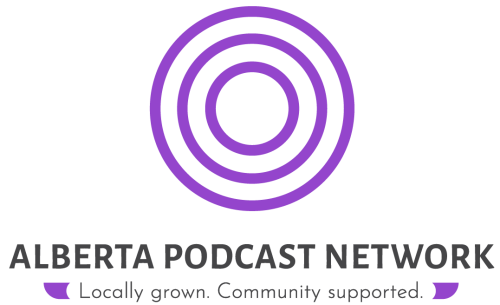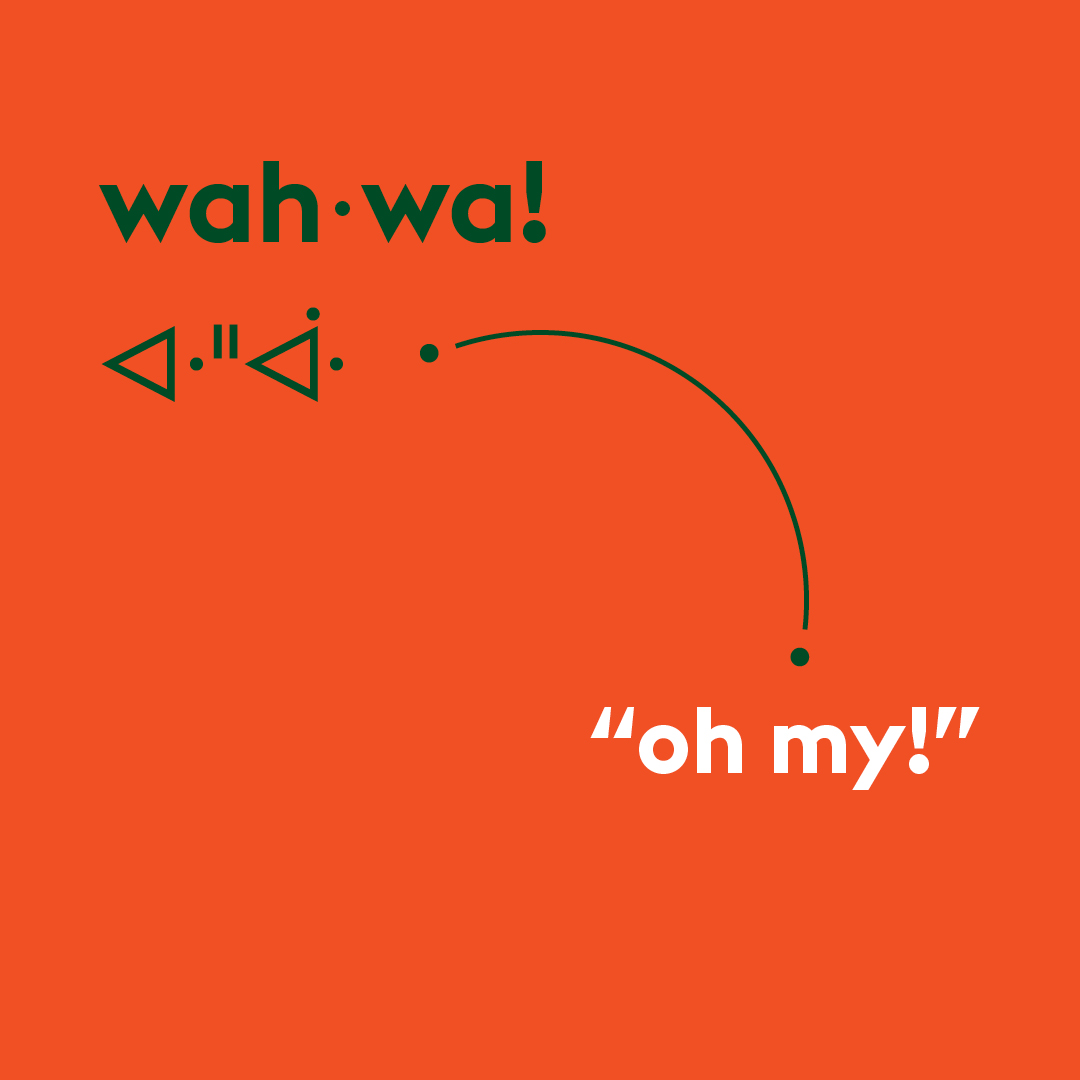
Edmonton region leaders and residents mourn residential school deaths
By
Jackson Spring
in the
Regional Roundup
The discovery of unmarked graves with the remains of 215 children on the site of the Kamloops Indian Residential School has rippled across the country since the Tk'emlups te Secwépemc First Nation in Kamloops released a statement about the findings on May 27.
Since then, many in the Edmonton region have expressed solidarity, grief, and called for more attention to the past and ongoing harms of the residential school system.
According to the Truth and Reconciliation Commission of Canada (TRC), there were 25 residential schools in Alberta, two of which were located in what is now known as the Edmonton metropolitan region.
Here is what municipal leaders and residents in the region had to say:
- Most of the region's municipalities announced they would be flying flags on government buildings at half-mast for 215 hours.
- "These children were taken away from their families, subjected to horrible conditions, unacceptable treatment and were never able to return home," said Stony Plain Mayor William Choy in a public statement.
- Parkland County offered solidarity and condolences to the Tk'emlups te Secwépemc community, and to the nearby Enoch Cree First Nation and Paul First Nation. "(They) are our trusted and respected neighbours, business partners, and friends," read a press release.
- Beaumont Mayor John Stewart asked residents to consider the lasting harms of the system. "It can be tempting to view residential schools as a long-gone chapter of our past," he said in a public statement. "The real history, both officially documented and spoken, is much more recent and includes government policy and actions."
- St. Albert Mayor Cathy Heron acknowledged the victims and survivors of the two residential schools that were located in St. Albert: The Youville Indian Residential School and the Edmonton (formerly Red Deer) Industrial School. Heron also announced plans for a march from St. Albert's city hall to the Healing Garden, once provincial health guidelines allow it. The Healing Garden was built in 2017 as a therapeutic sanctuary for residential school survivors, and to raise awareness among other members of the community.
- Fort Saskatchewan resident Andre Pretty spoke to Fort Sask Online about his experience connecting with survivors of the Kamloops Residential School and their descendants while working as a firefighter in the area. "They all knew about those bodies for years, and they weren't allowed to dig them up until now," Pretty said.






